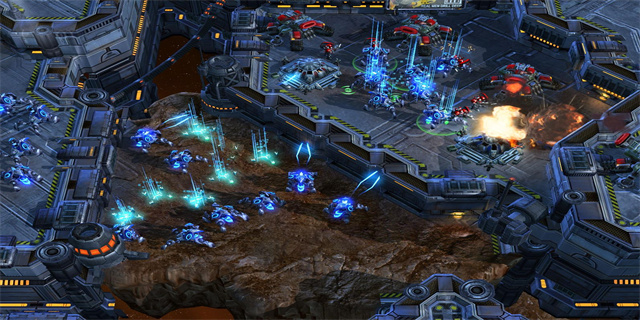Strife: A Battle for Power and Progress
Introduction
Strife, a term often associated with conflict, struggle, and discord, has been an inherent part of human history. From the ancient battles fought for power and dominion to the modern-day clashes of ideologies, strife has shaped our society, pushing us towards progress while also testing our limits. In this article, we will delve into the multifaceted nature of strife, exploring its roots, its consequences, and its potential as a catalyst for change.
The Nature of Strife
Strife can manifest in various forms – political, social, economic, or even internal struggles within individuals. It arises when opposing forces or ideas clash and vie for dominance. At its core, strife represents a fundamental discord in society, a tension that often sparks significant transformations. History is replete with examples of strife leading to progress – the American Civil Rights Movement, the French Revolution, and the fight against colonialism are just a few instances where unrest and conflict propelled society towards positive change. However, strife can also have negative consequences, resulting in violence, destruction, and prolonged periods of instability. Striking a delicate balance and harnessing the potential of strife is crucial for achieving progress without descending into chaos.
The Role of Strife in Progress
Strife, despite its tumultuous nature, plays a vital role in the progress of societies. Conflict often exposes underlying issues, forcing individuals and institutions to confront their shortcomings and seek innovative solutions. In political strife, for example, opposing viewpoints can bring about necessary debates and discussions, leading to the formulation of better policies and systems. Economic strife can spur innovation and competition, encouraging individuals and businesses to strive for excellence and adapt to changing circumstances. Social strife challenges societal norms and prejudices, prompting communities to reevaluate their beliefs and values, ultimately fostering inclusivity and equality. Moreover, strife can galvanize individuals, turning them into resilient fighters for justice, freedom, and human rights. It can unite people from diverse backgrounds and ideologies, mobilizing collective action for a common cause.
Striking a Balance
While strife has the potential to spark progress, it is essential to strike a delicate balance between constructive conflict and destructive chaos. Unrestrained strife can lead to violence, civil war, and the disintegration of societies. History is filled with examples of revolutions descended into chaos, causing widespread suffering. Therefore, it is crucial for individuals, communities, and leaders to embrace peaceful methods of resolving conflicts. Active listening, empathy, and a willingness to engage in thoughtful dialogue are crucial in transforming strife into constructive change. Moreover, effective governance and institutions that prioritize justice, equality, and the common good can help mitigate the negative consequences of strife, allowing progress to emerge from conflict. Educating future generations about the importance of tolerance, understanding, and peaceful conflict resolution is also essential in fostering a society that can navigate strife effectively.
Conclusion
Strife, despite its tumultuous and often destructive nature, has been a driving force behind societal progress throughout history. While it may seem counterintuitive, conflict and discord have the potential to expose underlying issues and inspire transformative change. However, society must strive to strike a balance between constructive conflict and destructive chaos. By harnessing the power of strife, embracing peaceful means of conflict resolution, and fostering inclusive societies, humanity can navigate the battles for power and progress, forging a better future for all. 版权声明:本文内容由互联网用户自发贡献,该文观点仅代表作者本人。本站仅提供信息存储空间服务,不拥有所有权,不承担相关法律责任。如有侵权请联系网站管理员删除,联系邮箱3237157959@qq.com。



















